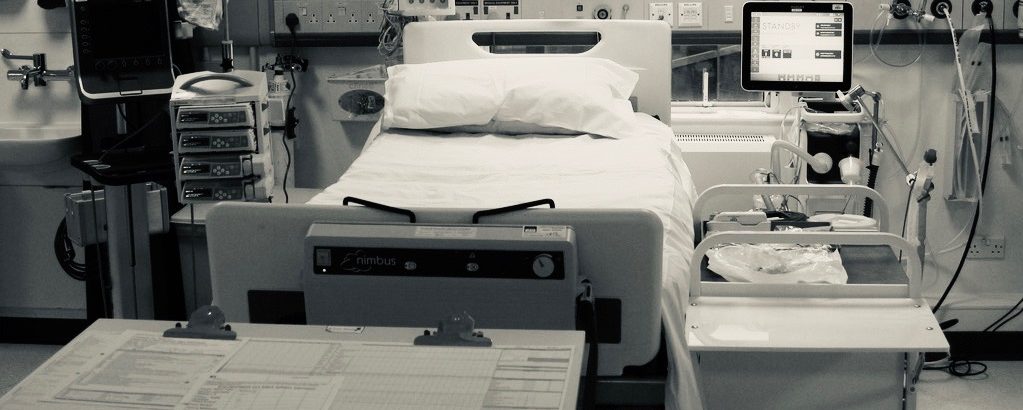Swallowing difficulties (dysphagia)
It is common for patients in ICU to develop dysphagia or swallowing difficulties. These difficulties are often a result of the effect of breathing tubes on the muscles of swallowing and sensation in the throat. Generalised muscle weakness, which is common for patients on ICU, can also contribute to these swallowing difficulties. Some patients on ICU may have a neurological injury (e.g. head injury or stroke) causing swallowing difficulties. Dysphagia can result in food or drink going the wrong way into the person’s lungs, this is called ‘aspiration’. Our body’s usual response to food or drink going the wrong way is to cough and clear it. However, many patients in ICU do not cough when things go the wrong way, because of reduced sensation in the throat. If they do cough, often it is too weak to clear the food and drink from their lungs. This can lead to a chest infection or pneumonia, which can be extremely serious.
Speech and Language Therapists (SLTs) assess patients’ swallowing to see if they are safe to eat and drink. Assessment may include Videofluoroscopy Swallow Study (VFSS) or Fibreoptic Endoscopic Evaluation of Swallowing (FEES). These assessments give us additional information about the dysphagia so that we can make a therapy plan to work on improving their swallowing. They also help us to recommend a diet consistency that will be appropriate for the patient. We may recommend thickened fluids, which move more slowly, or softer or modified foods. We aim to help patients eat and drink as soon as is safely possible.
SLTs also assess how well patients swallow their saliva, as this can ‘go down the wrong way’ as well. It is important for patients to be able to safely swallow their saliva before their tracheostomy is removed. SLTs are involved in assessing a patient’s ability to manage their saliva when the air filled cuff, around the tracheostomy is deflated. SLTs work closely with the physiotherapists and doctors to make a tracheostomy weaning plan (gradually increasing the duration of time that the cuff is left deflated).
Communication difficulties
Initially, when patients have a tracheostomy they are unable to make any voice which can make communication very difficult. This inability to produce any voice is due to the inflated cuff around the tracheostomy tube that prevents air from flowing through the patient’s voice box. This can results in frustration and/or distress for patients and their families. SLTs assess a patient’s communication and look at which communication aids work best for that person. This may include alphabet charts, picture charts, electrolarynxes, iPads or computers. These aids can help the patient to communicate their needs and express themselves to staff and family.

How to use:
Have a pen and paper ready to jot down the letters identified, place the chart in sight of the patient, move down the ends of the rows until they indicate the row contains the letter they want, then move along that row to the desired letter.
Reproduced with permission from Helen Paterson, Advanced Specialist Speech & Language Therapist
Another technique that can be used to aid communication is called Above Cuff Vocalisation (ACV). This technique involves blowing air through a small tube on the tracheostomy which has an opening above the inflated cuff. The air flow may be enough for patients to produce a whisper voice which can help them to be understood more easily. This technique may also help to improve sensation in the throat and swallowing of saliva.

When the patient is ready they will have trials of deflating the cuff around the tracheostomy and a one-way valve or Passy Muir Valve (PMV) will be used with the tracheostomy. The patient continues to breathe in from the ventilator through the one-way valve, but breathes out through their nose and mouth. This valve helps to make the person’s voice and cough stronger and can also improve swallowing. SLTs work with the physiotherapists to carry out this assessment and make a plan for gradually building up the length of time using the valve.

The patient continues to breathe in from the ventilator through the one-way valve, but breathes out through their nose and mouth.


* Images courtesy of Passy Muir, Inc. Irvine, CA
This valve helps to make the person’s voice and cough stronger and can also improve swallowing. SLTs work with the physiotherapists to carry out this assessment and make a plan for gradually building up the length of time using the valve.
Claire Mills

Comments are closed